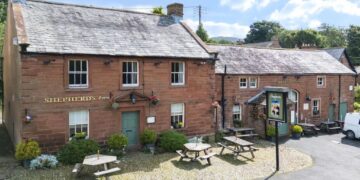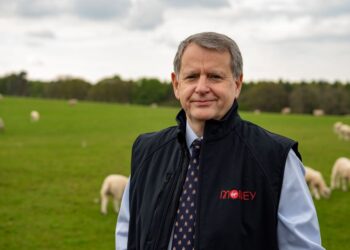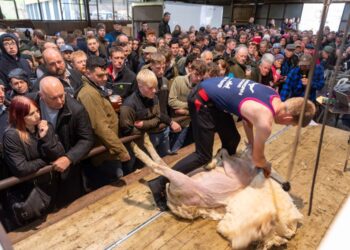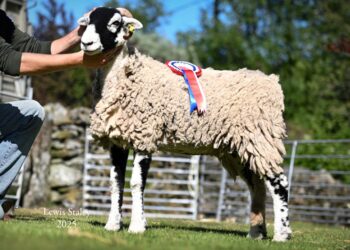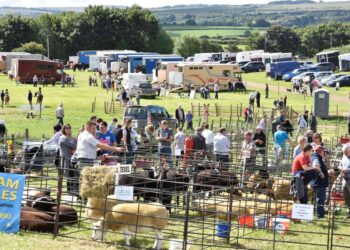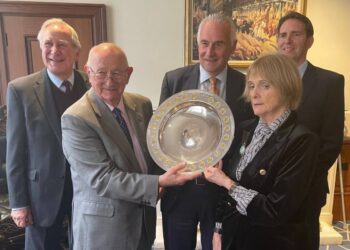Cumbria Wildlife Trust has called for an end to culling badgers in and around an area known as the Shap triangle, where bovine tuberculosis has been found in the sturdy wild creatures and also a number of cattle herds — which had to be slaughtered as a result.
However, county officials of the National Farmers’ Union say culling badgers is an essential element of a wider bovine TB eradication strategy, with alternatives such as vaccinating the wild creatures against the disease being insufficiently effective on their own.
Badger culling in and around the triangle — where there have been outbreaks of the disease in cattle on more than 30 holdings — began in 2018, with 317 being either shot or trapped in last year’s operation, which began last September.
Tests on 313 of the carcasses showed that bovine TB was present in three, although one of these was of a different strain to that prevalent in the area, which is thought to have been introduced in cattle imported from Ireland.
David Harpley, conservation manager at Cumbria Wildlife Trust, said: “While we have massive sympathy for the multiple impacts and costs of this disease on affected farmers and their businesses in the Shap area, we strongly oppose the culling of badgers, one of our best-loved wild animals.
“In Cumbria, the badgers have caught bTB from cattle and not the other way round.
“We agree completely that bTB needs to be addressed urgently as a very serious disease, but all of the scientific evidence shows the wholesale killing of this much-loved species is not justified and won’t actually solve the problem of bTB in cattle.
“Cumbria Wildlife Trust strongly believes the cull of badgers in Cumbria should be abandoned in favour of a vaccination programme in badgers and cattle.
“This has been shown to be effective and can be done at lower cost, alongside improved testing, better movement controls and enhanced biosecurity measures.
“This is a disease of cattle and should be treated as such.”
An NFU Cumbria spokesman said: “Bovine TB remains a huge threat to our beef and dairy industry in large parts of the country and it is vital we do everything we can to tackle it.
“More than 31,000 cattle were slaughtered in England in 2019 because of bovine TB and more than 3,300 farm businesses that had been clear of the disease were affected by it.
“Defra’s 25-year TB eradication strategy includes strengthening cattle movement controls, vaccinating cattle — when available — and badgers —where appropriate — on-farm biosecurity, and controlling the disease in badgers through highly regulated and managed culling regimes.
“There is clear evidence that badger culling as part of this wider strategy is working.
“Peer-reviewed research into the effectiveness of the badger cull in the original cull zones which are located in Gloucestershire and Somerset showed a 66 per cent reduction in new TB breakdowns in cattle in Gloucestershire and a 37 per cent reduction in Somerset.
“The Natural England chief scientist said the results of the 2019 culls showed that industry-led culling continues to deliver the level of effectiveness required to be confident of achieving disease control benefits.
“Moreover, the Government’s chief vet has said that proactive badger control is currently the best available option to do this and the licensing of further areas is necessary to realise disease control benefits across England, in conjunction with other measures.
“TB restricted herds are now at their lowest levels since 2010 across England, and in the high risk area TB is at its lowest levels in 13 years — all thanks to a well implemented strategy.”






